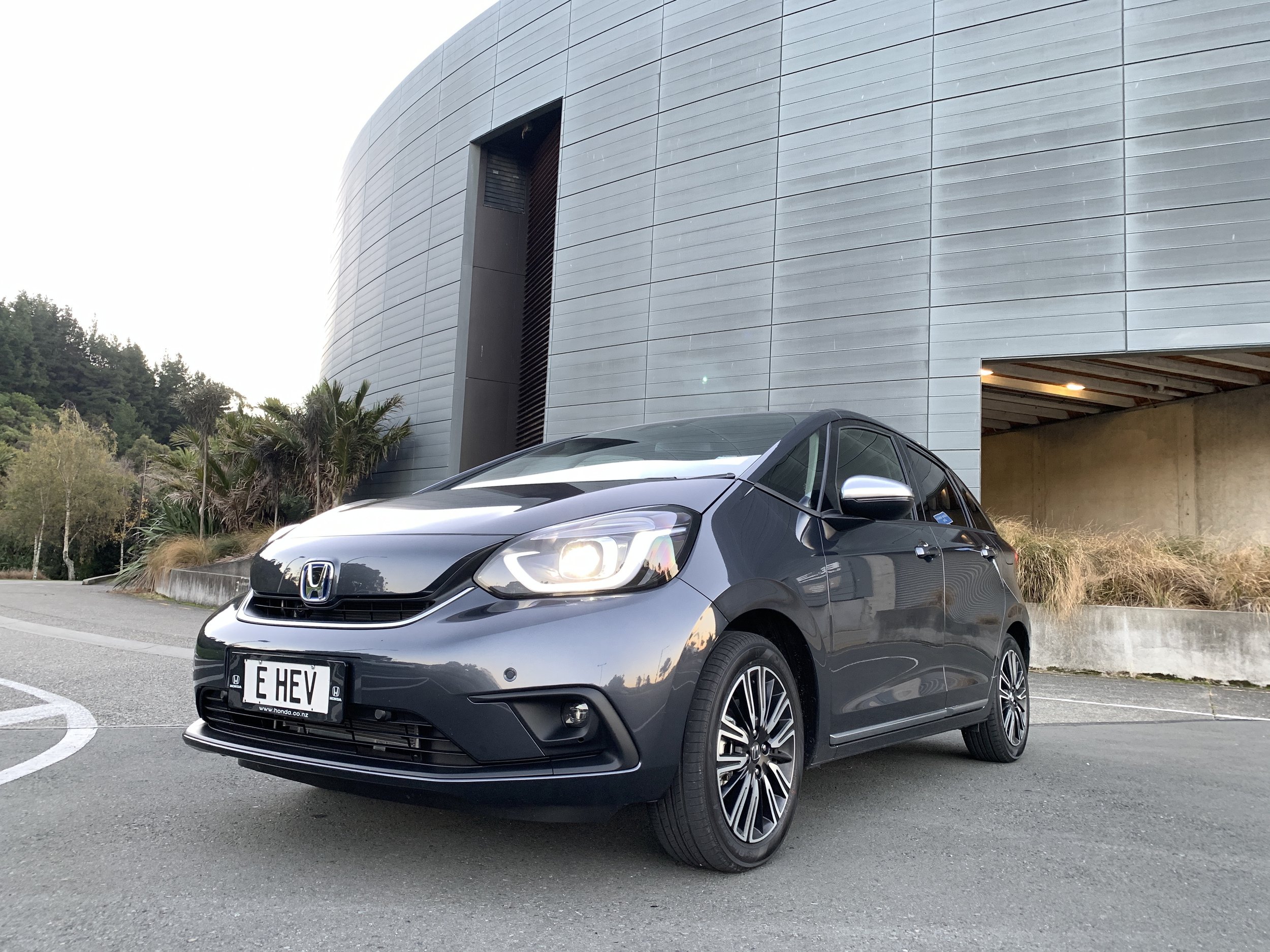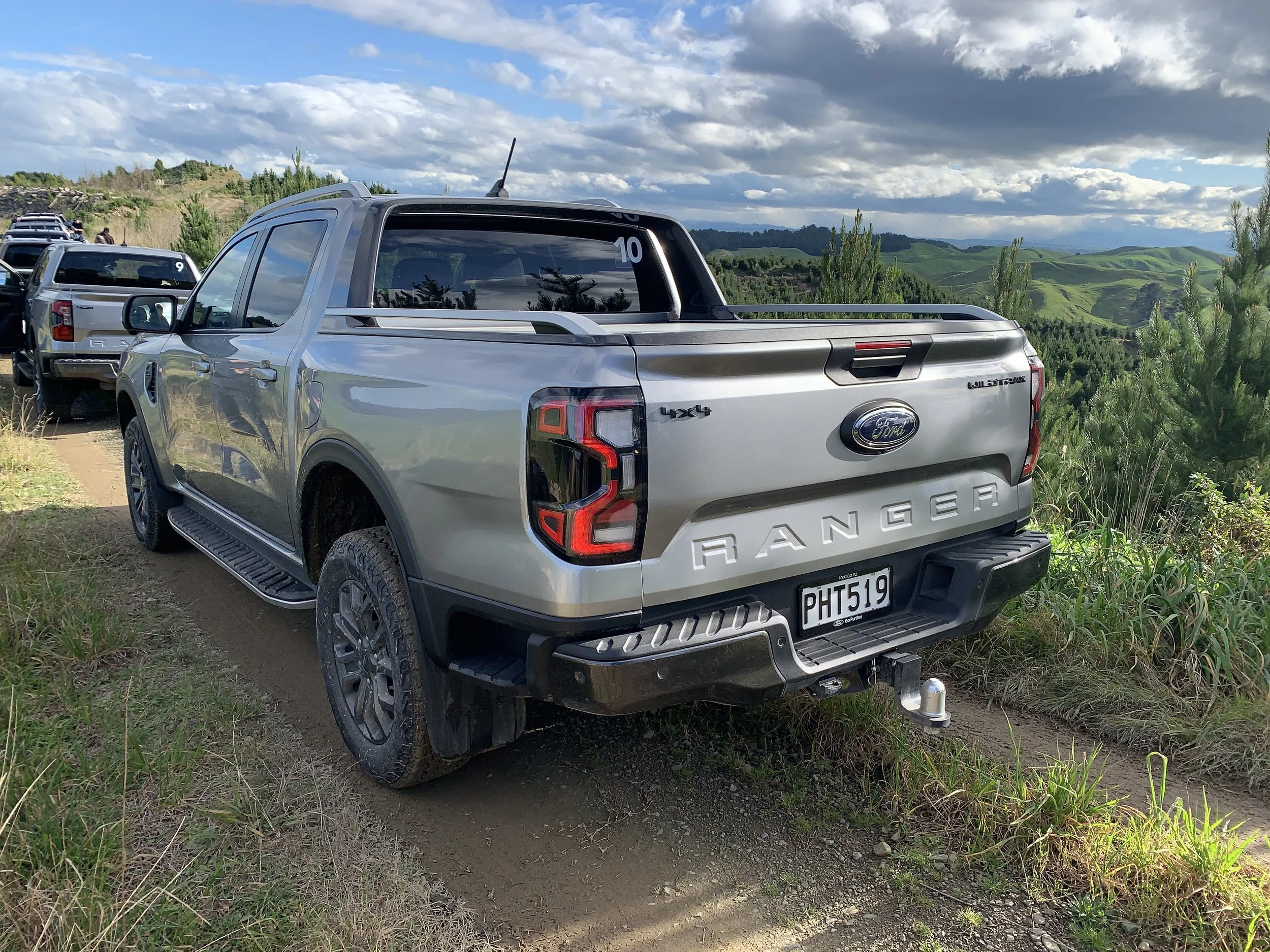CO2 counts show few meeting 2023 target
/Just three brands with fossil fuel fleets, and only one deep into electric, under the proposed threshold.
RELEASE by a car make doing well with electrics of current fleet average CO2 counts for popular new vehicle brands with fossil fuelled product suggests a handful are already meeting a Government target installing next year but many others are well awry.
The data also shows a make with only one mild hybrid, and no mains-supported drivetrains, is the best performer in the clean car stakes.
CO2 counts have been under the spotlight since the Clean Car Discount (and penalty) scheme introduced on April 1, but become more imperative under the Clean Car Standard that comes into effect on January 1.
The latter is about capping the emissions of imported vehicle fleets. An importer's car and SUV fleet will need to have average CO2 emissions no greater than 145 grams per kilometre from next year but the target will keep reducing; by 2025 it’ll be sub-100g for cars.
Brands that fall to make the cut will be penalised for every gram they are above thresholds that are lower for cars than for light commercial vehicles – vans and one-tonne utilities.
The latter will have their average emissions capped at 218.3 g/km from next year. That’s still a challenge for many; the most popular versions of the new generation of the country’s favourite utility, the Ford Ranger, for instance, are over that.
There has been conjecture than, if left unaddressed, the penalty on its highest emitting Ranger, the impending Raptor (whose twin-turbo V6 petrol makes 292g/km) might be up to $10,000 per example from 2025. Ford for its part says it has a plan to ease that, but it also has not discounted that Ranger prices will be hurt by the Standard.
CO2 data is collated by Waka Kotahi NZ Transport Agency, but it did not release the figures that have attracted attention this week.
This went public via an unusual means – it was supplied to Newsroom, by Hyundai New Zealand; the media outlet says they have a content partnership. It also describes itself as an independent news and current affairs site.
The data shows Honda New Zealand, which has small and medium cars and no commercial models, as having the cleanest fleet. The average emissions rating of 132g/km across its fleet is cited.
Honda builds a small electric car, the Honda e, but it is not sold here new, only as a grey import. The distributor also lacks a plug-in hybrid car in this market. It’s only electric-influenced model is the Jazz hybrid (above). Otherwise it relies on selling cars with low emissions petrol engines.
Hyundai – which has become an important performer in the electric and full electrified sectors, with a number of hybrids, PHEVs and full electrics, most notably the Ioniq 5 that presently stands as New Zealand Car of the Year - was next on the Green list, with 135g/km.
Next are small car specialist Suzuki, a vocal critic of the Clean Car Standard but also earlier this week sharing delight about how its sales had been boosted by the Clean Car discount: Its average is 141g/km. Those are are only brands under the proposed threshold.
Following are MG, which also focuses on PHEV and electric product, on 151g/km, and Skoda – which has two PHEVs but won’t get its first electric model, the Enyaq, here until 2023 – on 159g/km. Seat, Kia, Mercedes-Benz, Volvo and Mitsubishi complete the top 10. All those brands save Seat have electric cars in the market. Mitsubishi is the only make with a one-tonne ute, the Triton. Its top seller is the Outlander which, along with the smaller Eclipse Cross, is most popular in plug-in hybrid.
Had the data included Tesla, the one brand that only sell electric then it would have been on top, with a zero score.
Being a mild hybrid kingpin and also being the brand showing the largest year-on-year improvement in CO2 average (when its Lexus premium brand is included – without, it’s Hyundai) wasn’t enough to get Toyota into the top 10. It sits at 11th, with a 185g/km average.
Subaru, at 11th, and Toyota have co-developed an electric crossover, called Solterra/bZ4X, which will be here next year to give them both a first foot in the EV sector. But Toyota also relies heavily on the diesel-only Hilux ute, its biggest seller in July, and the HiAce van.
Subaru also has two mild hybrids in the market, but is otherwise fuly petrol. Its average is just over 180g/km, with Mazda (one car in full electric and PHEV here, a large PHEV crossover coming in 2023) and Volkswagen (no electrics yet, but soon, plus additional PHEVs arriving) in the same zone. Nissan is next on the list – it is an electric pioneer, with the LEAF, but most sold in NZ are used imports, and has other electrified product in the loop.
Ford is 16th, with a 22g/km average, but might be expected to improve by the time the Standard enacts, as it has begun a wholesale rejig of its passenger model drivetrains; expunging versions with pure fossil fuelled engines for updates with mild and plug-in hybrid when possible, and dropping others (Fiesta ST being the latest) that cannot adapt to that change. However, Ford also relies heavily on Ranger, which is set to be electrified though the how and when has yet to be shared. The only brands listed with higher counts are SsangYong and Isuzu, respectively with 228.4g/km and 238g/km. Neither has electric product here and Isuzu only represents with two products, the D-Max ute and M-UX sports utility wagon, which have a common diesel engine.
As much as these sit at the dirty end of the scale in respect to the figures provisioned to Newspress by Hyundai, it is only fair to point out that many other brands are likely to register even higher CO2: Premium marques and those committed to delivering fast sports models stand to mind. Previous studies have shown emissions counts from Ferrari, Lamborghini, Aston Martin, Rolls-Royce and Bentley are far from flash. All of those are set to be caught by the Standard, too. Likewise those beefy US big boy trucks from RAM and Chevrolet; GMSV’s Corvette is also implicated.
Electric-involved vehicles’ impact on buying trends is still emerging, the data suggests, but there is evidence the Clean Car Discount to subsidise hybrids and electric vehicles is working.
Last year, battery electrics and plug-in hybrids collectively made up just 5.9 percent of light vehicles sold. In the year to July, the Waka Kotahi data shows, they represented 10.7 percent of sales. That's also more than five times the share they held in 2019.
Hyundai NZ has sold 1033 battery electrics this year or one fifth of the electric vehicles sold in that period - second only to Tesla, whose supply chain has been disrupted by restrictions in China, source point for the Model 3 (and recently-added, conjoined Model Y) that captures almost all the US make’s sales.
Toyota has supplied most of the hybrids sold year-to-date.



















